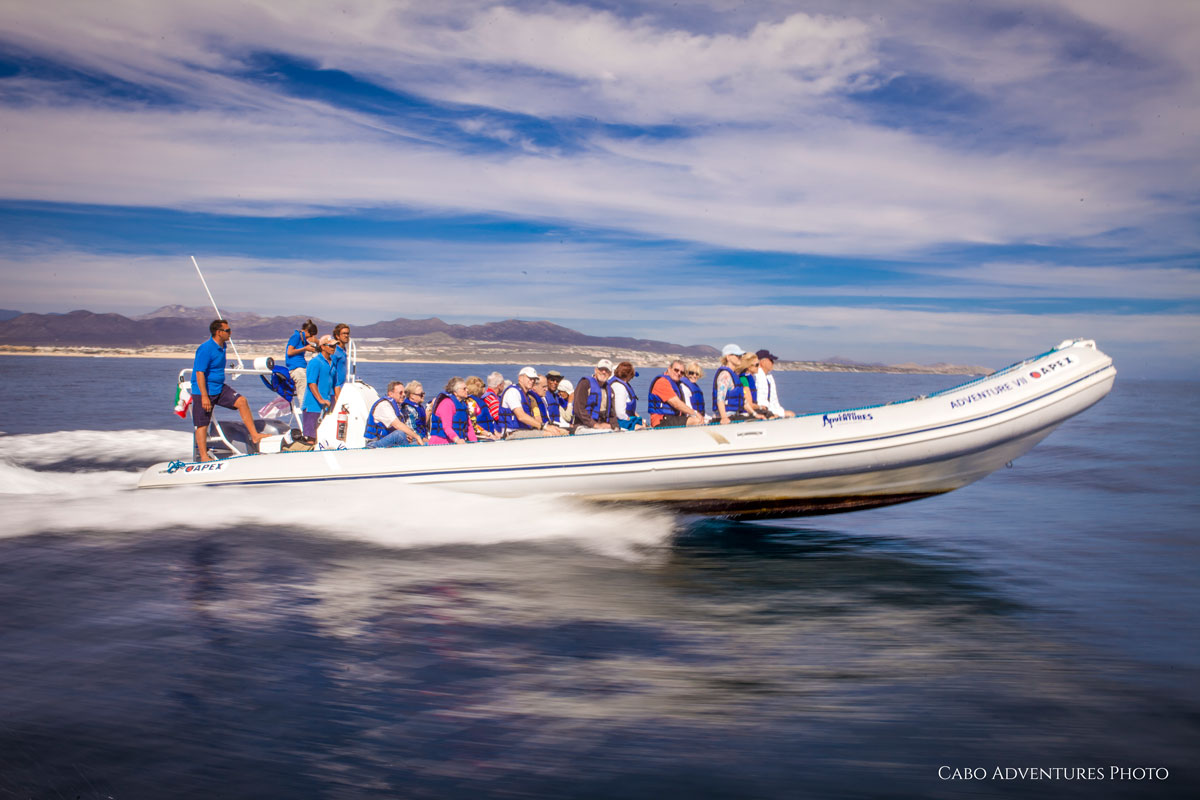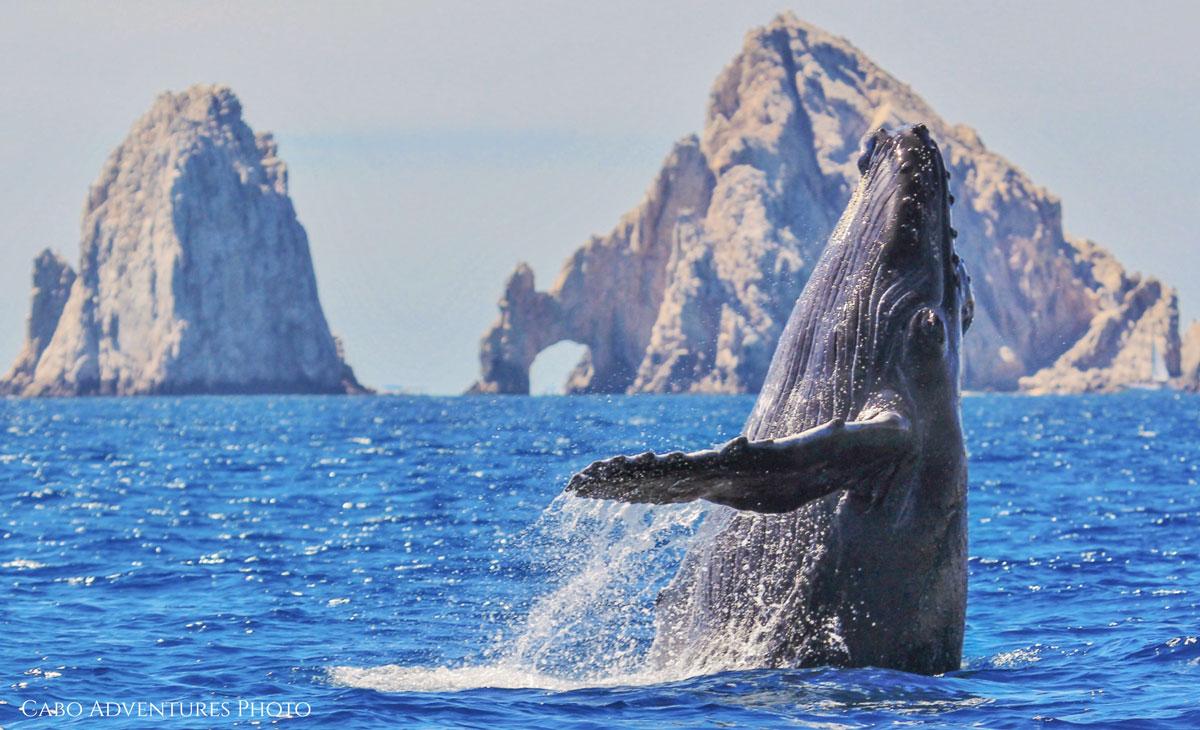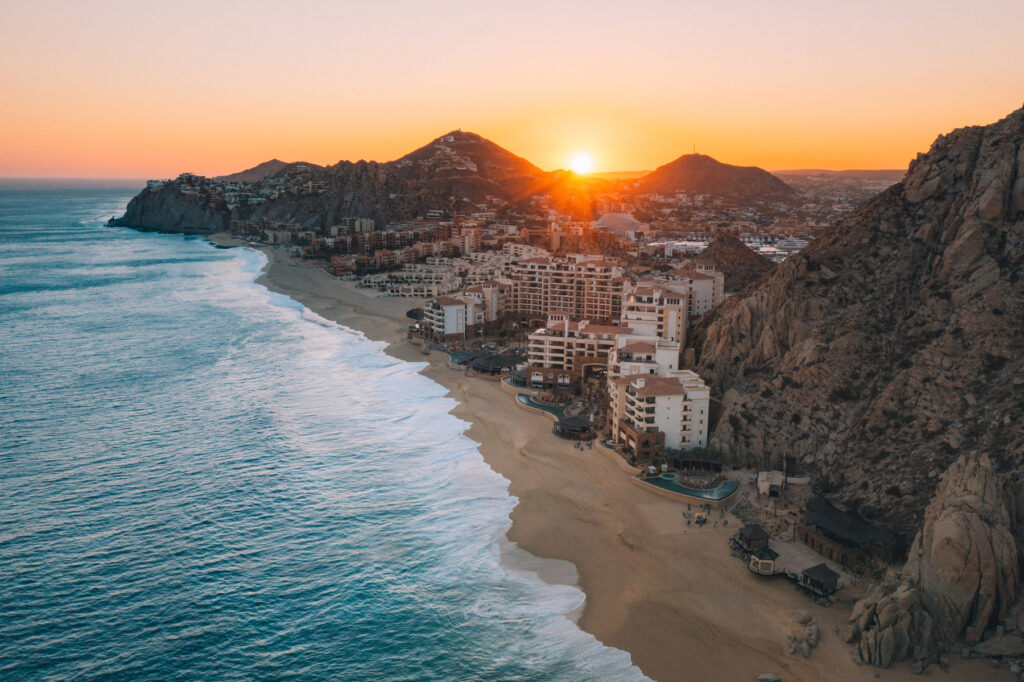The biggest mammals in the world travel nearly 3,000 miles across the Arctic until reaching the Mexican coasts to give birth to their new offspring. Whales are welcomed by the warm temperatures of the Pacific offering shelter to protect their young calves from the heavy Winter storms and give them a head start before returning north.
The best whale watching season
Of the 14 species of whales in the world, six have made the Mexican Pacific their home. Unlike the humpback and the gray who temporarily visit during their period of migration. From mid-December to mid-April, tourists can witness the visit of these majestic cetaceans.
Fun facts about these beautiful animals
- About 26,000 whales migrate each year to the Pacific
- Whales store a large number of resources during the summer, so in winter they practically do not feed
- Their gestation period is about 10 months
- Whales feed solely on breast milk
- Calves can gain up to 200 lbs daily
- Whale’s vibrations can reach distances of up to 6,200 miles
What can you expect from a Whale Watching tour in Cabo?
If you are traveling to Baja during this winter season, you will be able to experience the beauty of the Peninsula’s wildlife, and the majestic visit of whales on a guided tour to know more about these cetaceans while you sail to some of the area’s best spots for seeing humpbacks in their natural habitat. Don’t miss the chance to hear the whales’ song through a hydrophone.
They are so friendly and very much looking forward to your visit, so prepare your camera to capture a moment to last a lifetime.

Latest Posts
A Dream Destination for Newlyweds
Cabo’s unique geographical location, where the Pacific Ocean meets the Sea of Cortez, creates a nutrient-rich environment that attracts these magnificent creatures. Anglers can expect to encounter blue, striped, and black marlin, each renowned for their size and fighting prowess—making every fishing excursion a thrilling adventure.
Cabo After Dark
Cabo’s unique geographical location, where the Pacific Ocean meets the Sea of Cortez, creates a nutrient-rich environment that attracts these magnificent creatures. Anglers can expect to encounter blue, striped, and black marlin, each renowned for their size and fighting prowess—making every fishing excursion a thrilling adventure.
The Ultimate Guide to a Cabo Wedding
Cabo’s unique geographical location, where the Pacific Ocean meets the Sea of Cortez, creates a nutrient-rich environment that attracts these magnificent creatures. Anglers can expect to encounter blue, striped, and black marlin, each renowned for their size and fighting prowess—making every fishing excursion a thrilling adventure.
![]()


